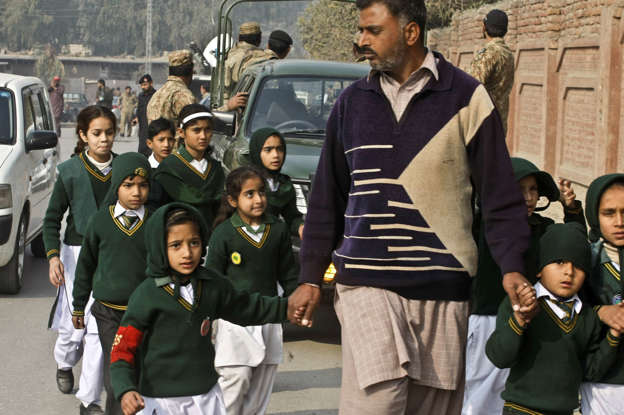By Alexandra Jaffe, CNN
updated 1:36 PM EST, Tue December 16, 2014
STORY HIGHLIGHTS
- Clinton acknowledged that Garner's cigarette sale was illegal, but said he 'didn't deserve to die'
- He said while economic opportunities have improved for minorities, issues remain
- Clinton urged Americans to get past their "preconceptions" that are "wired into" their lives
In an interview with Fusion that aired Monday, a network aimed at younger Latino viewers, Clinton acknowledged that Eric Garner, the man who died by chokehold after police found him illegally selling loose cigarettes on the street, was "obviously not well, overweight and vulnerable therefore to heart and lung problems" and that he was "doing something that was illegal."
But he added: "He didn't deserve to die because of that."
Clinton has spent much of the past week speaking on the killing of Eric Garner, telling CNN En Español last Friday that the "The fundamental problem you have anywhere is when people think their lives and the lives of their children don't matter, they they are somehow disposable, just like a paper napkin after a lunch at a restaurant or something."
"If we want our freedom to be in deed as well as word in America, we have to make people feel that everybody matters again," Clinton said last week.
The police officer in the case was not indicted, sparking a new wave of protests following months of unrest surrounding a similar incident involving Michael Brown, an unarmed black teen who was shot dead by a white police officer in Ferguson, Missouri. That officer was also cleared by a grand jury, and the two incidents have prompted a nationwide discussion surrounding race relations and attitudes in the United States.
Clinton said in Monday's interview while Brown's killing "may not be a crime ... it shows you the divide that exists between the community and the police."
He did say that economic opportunities have improved for minorities, that "there are more opportunities for people, without regard to race, to be accepted into every business profession and avenue of American life than ever before."
But Clinton also said that there remain "preconceptions that, when people are scared, are triggered again."
"And when people like this get killed, the people in their neighborhoods, they feel almost that they're disposable ... like they're not really important, they don't really matter," he said.
Clinton added: "Whenever there's insecurity, these preconceptions are almost wired into us and we have got to get beyond them."
Clinton's wife, former secretary of State Hillary Clinton, is considering a presidential bid and has been more reserved in addressing the issue of race in her recent public appearances. She recently said the nation needs to face some "hard truths" about race.










